Participation of University scientists in the Ukraine-Germany workshop «Digital Transformation for Sustainable Development (DigiAgrar_UA)»
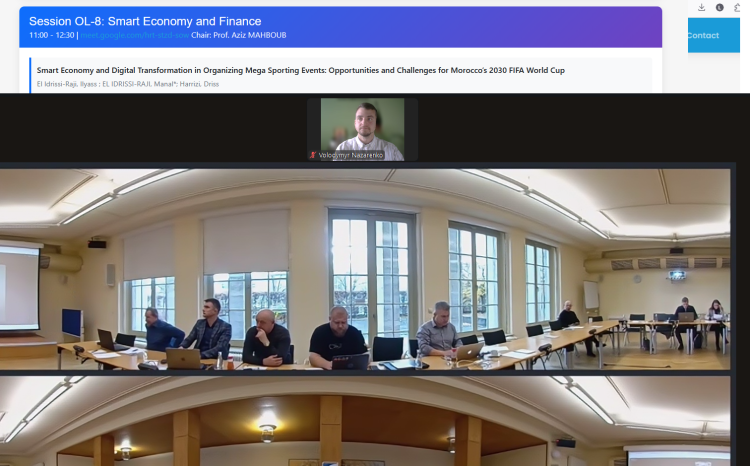
On November 10-12, 2025, the final three-day workshop on the project «Digital Transformation for Sustainable Development: German-Ukrainian Perspectives for Future Agricultural and Food Systems in Europe» was held in Halle, Germany (Halle/Saale, Germany) under the DAAD-funded project DigiAgrar_UA.
One of the full partners of the project DigiAgrar_UA is NUBiP of Ukraine, and University scientists from the faculties of agricultural management and information technology actively joined its work.
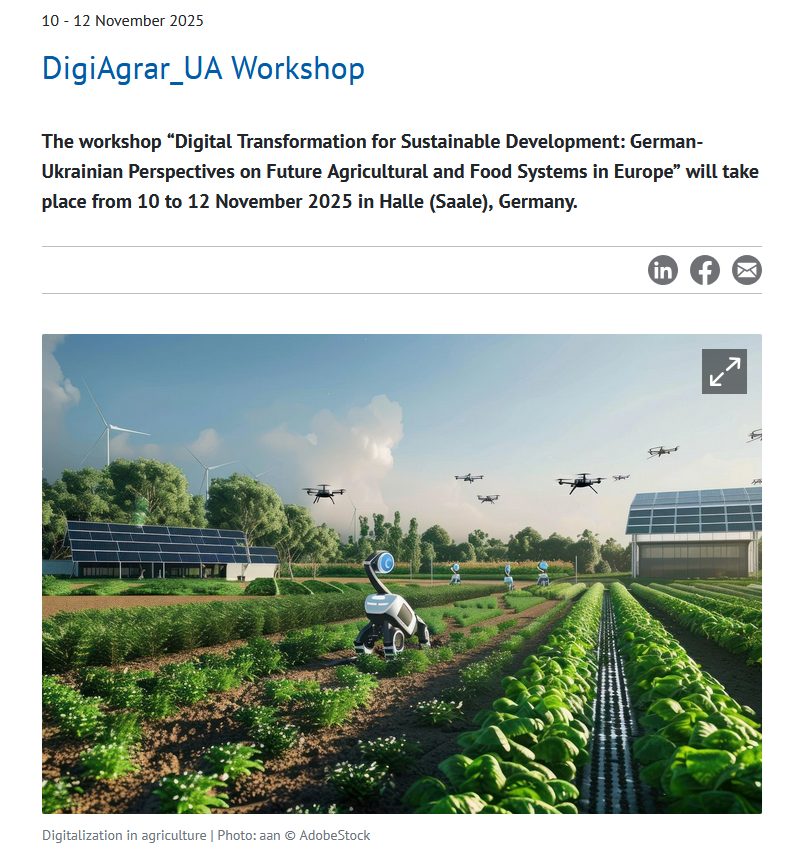
The workshop session based on the results of the DigiAgrar_UA project was opened by the project managers Dr. Oleksandr PEREKHOZHUK (Leibniz Institute of Agricultural Development in Transition Economies (IAMO), Halle, Germany) and Prof. Dr. Dr. h.c. Thomas GLAUBEN, and from Ukraine, the welcoming speech was joined by Taras VYSOTSKYI — deputy Minister of economy, environment and agriculture of Ukraine and Olena KOVTUN, head of the department of administrative management and foreign economic activity of NUBiP of Ukraine.
8 sections were working for three days: Sustainability assessment in agriculture; Digital tools for Sustainable agricultural practices; On-farm application of Sustainable Digital Technologies; Overview of IAMO’s work on Sustainable Digitalization of Agriculture; Key results of the DigiAgrar_ua Project and others.
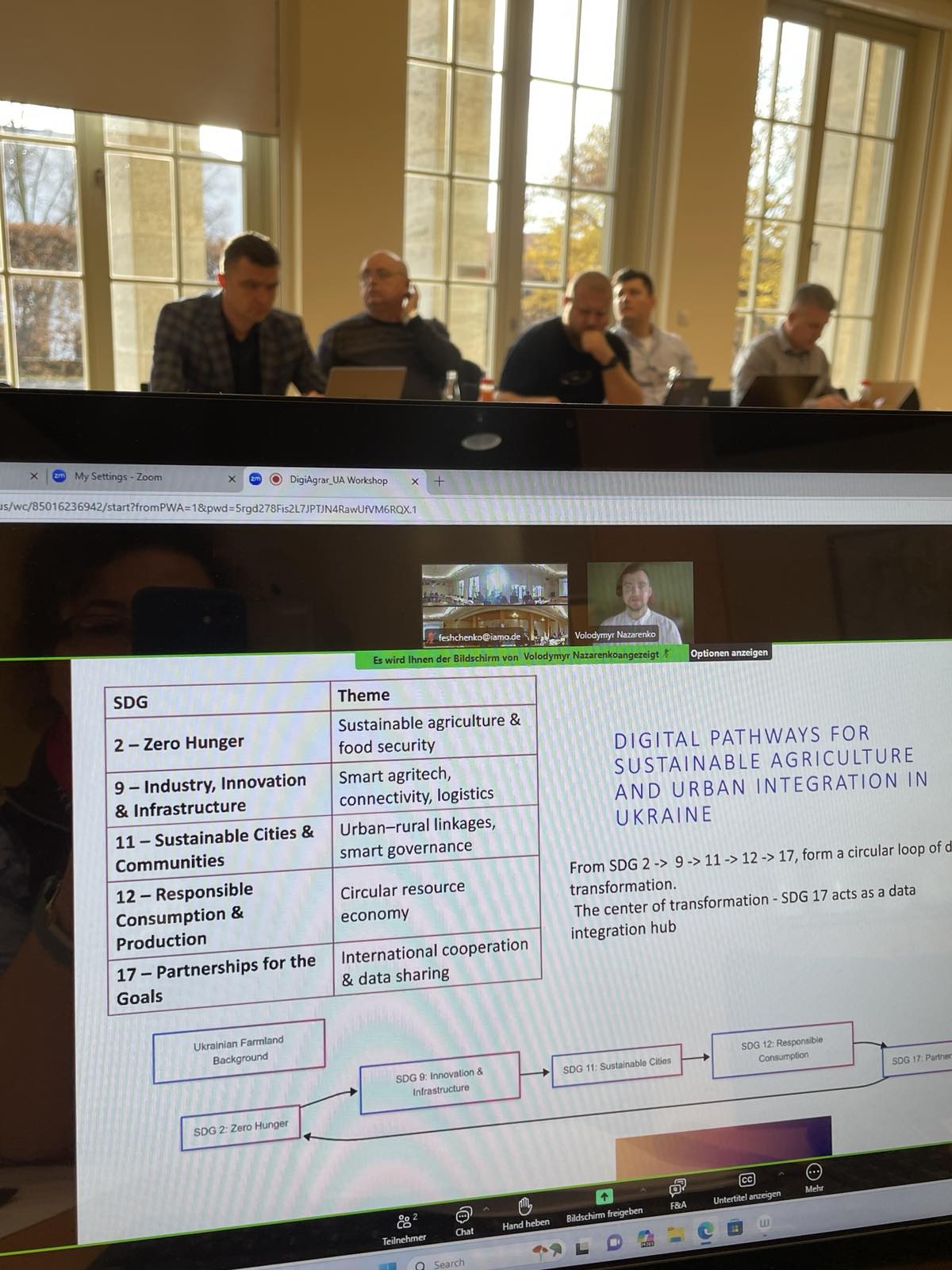


Volodymyr NAZARENKO, associate professor of the department of computer systems, networks and cybersecurity, chairman of the council of young scientists of the faculty of information technologies made a scientific report «Modern Technologies for Sustainability Assessment in Agriculture», opening the work of section: «Key Results of the Digiagrar_uaProject».
This breakout session was moderated by a representative of our university Olena KOVTUN, head of the department of administrative management and foreign economic activity.
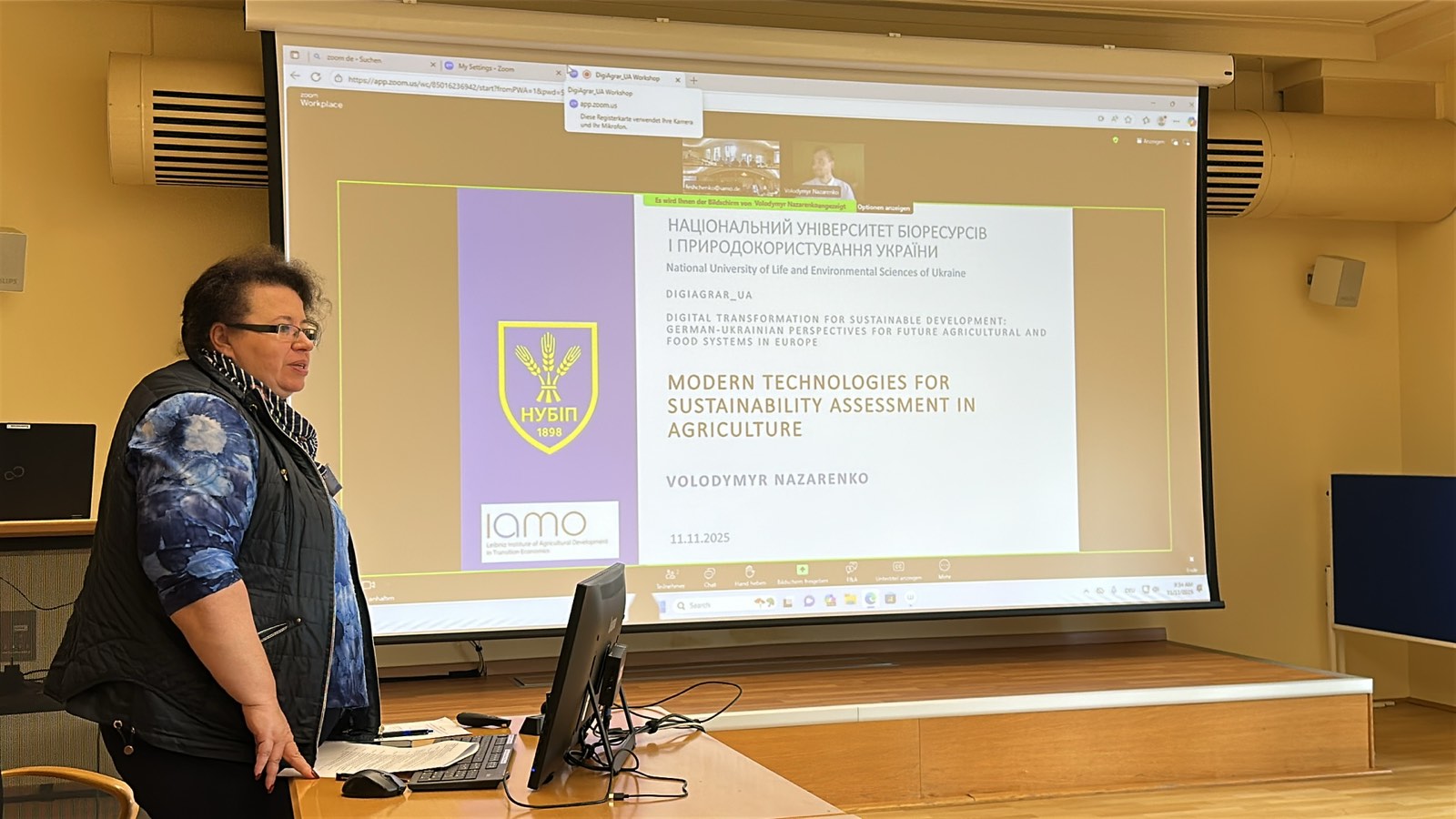
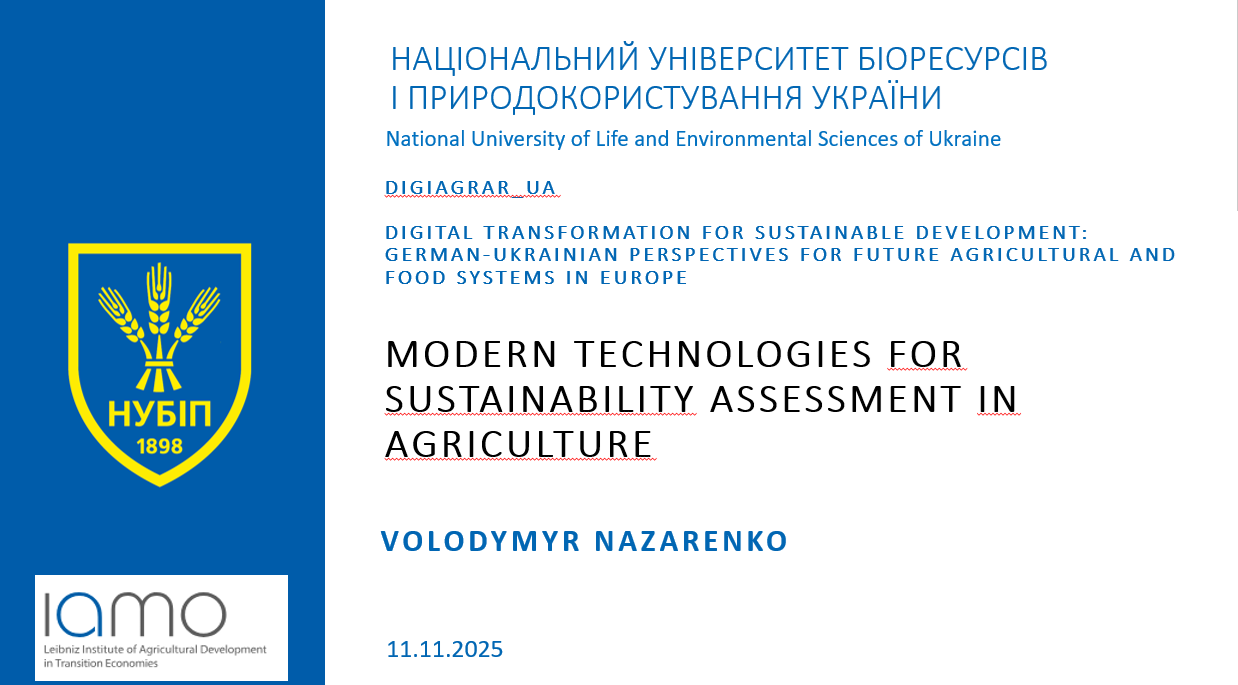
Volodymyr NAZARENKO in his presentation, focused on the UN (FAO) SAFA — Sustainability Assessment of Food and Agriculture Systems — sustainable development guidelines, emphasizing that USAID's «Agriculture, Forestry and Other Land Use» (AFOLU) programs help mitigate the effects of climate change in 119 countries by absorbing and storing carbon dioxide from the atmosphere or by reducing carbon dioxide emissions into the atmosphere. And the farm-to-table strategy is at the heart of the European green course.
The digital infrastructure of the platform, which combines UAVs, the Internet of things and artificial intelligence, in accordance with Sustainable Development Goals (SDGs) 9, promotes innovation in agriculture and precision management, the speaker noted.
SDG 12 is related to resource efficiency: rational routing and digital monitoring reduce waste, fuel use, and emissions while supporting circular economy goals. And SDG 17 strengthens the ecosystem of partnerships — IAMO, FAO and Ukrainian universities, which provide constant knowledge exchange, training and joint development of pilots. Together, these measures contribute to CAP compliance and the EU's green transition by offering measurable indicators for "farm-to-fork" greenhouse gas inventories and AFOLU.
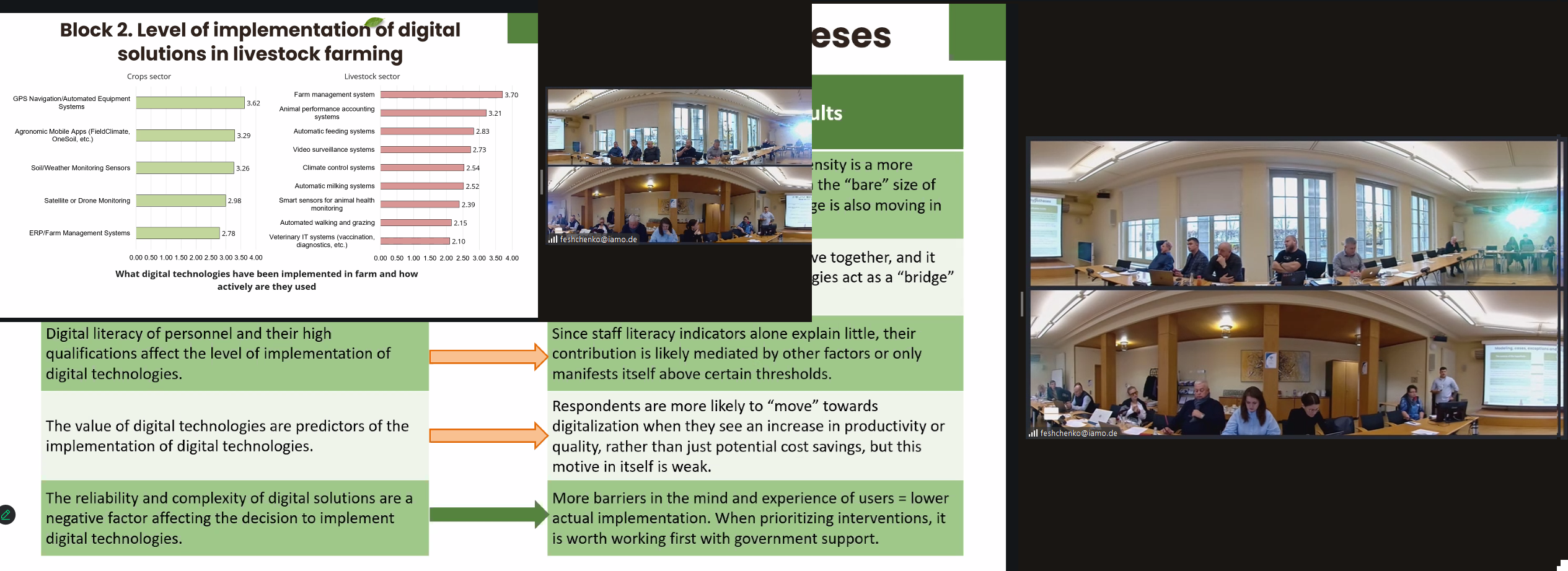
NAZARENKO V. A. emphasized modern capabilities: the digital stack combines satellite imagery, field IoT, and AI/ML to provide continuous KPIs and actionable recommendations. What's changing: instead of reacting after the season, farms and planners adapt over the course of the season. Data management (FAIR), compatibility (OGC, API) and observability (logs/metrics/pedigree) provide reliability and control capability, meeting both operational needs and policy reporting (e.g. EU Farm-to-Fork, National dashboards).

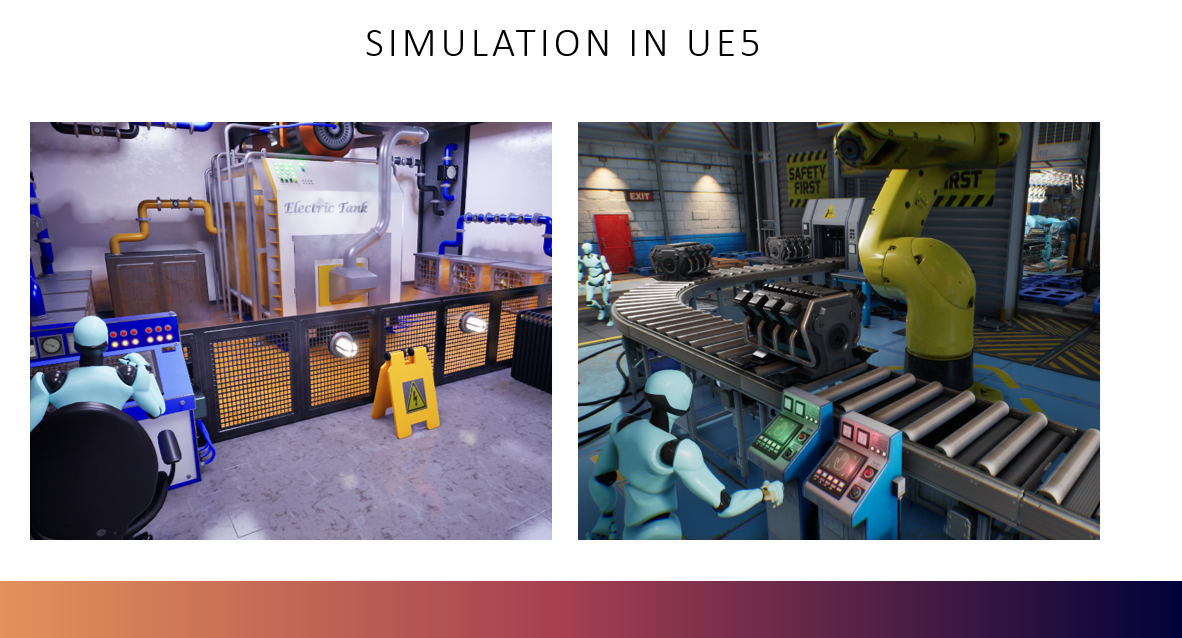
Platform Middleware — a multi-source architecture that provides data-based sustainability. On the left, we integrate UAV images, satellite scenes, IoT telemetry, and administrative-economic levels through connectors that speak about OGC, ISO/ISOBUS, OPC UA, and standard APIs. The middleware applies FAIR data and schema checks, authenticates/authorizes calls, normalizes events, and routes tasks using weighted policies and SLA queues. This way, critical queries are executed quickly and batch tasks are executed efficiently.

Components of the development and implementation of the intelligent electronic service system: services and applications – City Council website, City Mayor's web service, chatbot application for communication and notifications; software systems — distributed web application service, IoT middleware platform, network, data warehouse or distributed database. Deployment and infrastructure — cloud or on-premises equipment (server), data centers and routers, power and wired/wireless network. The presented concept of an electronic system design service consists of several key components — modules, information system, web portal, smart task and state processing systems, and others.
It should be noted that the active involvement of university scientists in international conferences and workshops, such as: Ukraine-Germany «Digital Transformation for Sustainable Development (DigiAgrar_UA)» provides young scientists with new experience and expands opportunities for future cooperation.